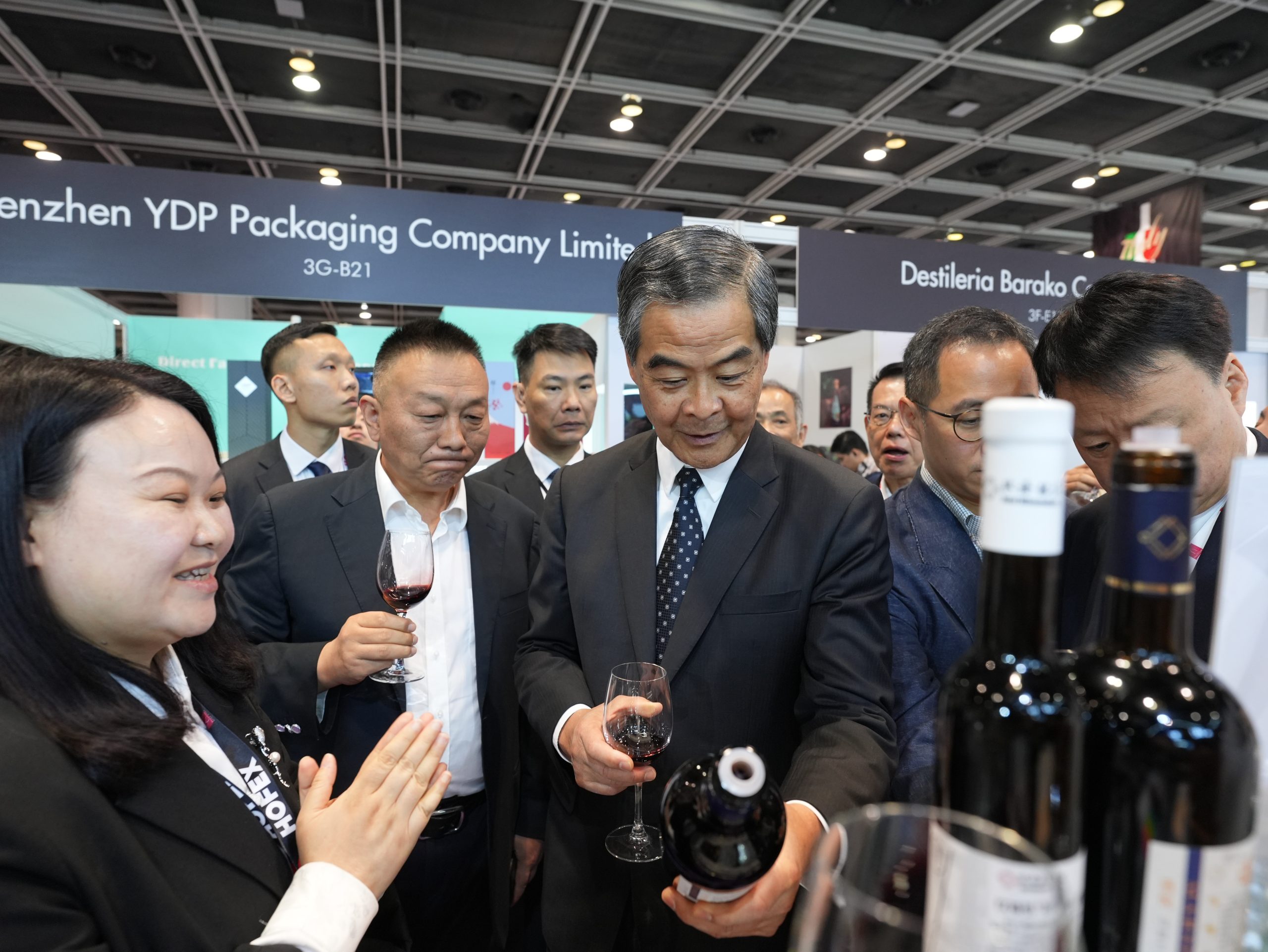Conditions for Vintage Port favour table wines
The conditions required for making great Port are the same as those needed for creating the region’s best table wines too, according to Bordeaux’s Bruno Prats.
Bruno Prats said that Douro table wine Chryseia was at its best in a year such as 2011, which was a legendary vintage for Port
Considering vintage Port requires extremely ripe fruit and high tannins for richness and longevity, it may come as a surprise that an unfortified, dry wine should benefit from the same sites and climate as great Port.
But that’s the view of Prats, Frenchman and former owner of Château Cos-d’Estournel in Bordeaux, who became involved in 1999 in an ambitious fine wine project in Port country – the Douro – when he began the Chryseia table wine brand with Symington Family Estates, the company behind famous fortified brands such as Graham’s and Dow’s.
Speaking in London on Monday this week, where he showed samples of Chryseia back to 2001, he said, “Today I’m more convinced than ever that the best vineyards for Port are the best for table wine, and the best vintages for Port are the best for table wine.”
The difference, he added, stemmed from harvest times: “You must pick later for Port”.
The grapes for Vintage Port tend to be sourced from vineyards close to the river Douro with a southerly exposure to ensure the bunches receive as much sunlight and heat as possible, while soils tend to be based on schist, which has a high water holding capacity to prevent vine stress during the region’s long hot summers.
Two such places, Quinta de Roriz and Quinta da Perdiz, are the source of grapes for Chryseia, which, Prats said, was at its peak in a year such as 2011, which was also one of the best years ever recorded for vintage Port.
However, he said that it was important to pick the Touriga Nacional grape – a key component in Chryseia – “very early in a hot year, as it can get overripe quickly”, while the Touriga Franca grape, which is also used for the wine, must be harvested late in a cool year, “otherwise it can be green”.
“This type of knowledge takes time to master,” he added.
Prats also said that due to the importance of selecting the perfect picking time for each variety to make table wine in the Douro, it was crucial to work with vineyard blocks arranged according to grape type.
Consequently he pointed out that he wasn’t in favour of making table wines from the Douro’s very old vineyards, which tend to be field blends containing many different grapes in the same site.
Partner Content
“I’m against the tradition of mixed variety plantings because then you won’t pick anything at the right time,” he stated.
Conveying his belief in the quality of the table wines from the Douro, he said great reds were already being made in the region, and now it was just a question of making more people aware of their existence.
“We have the wines, we just need the recognition,” he said.
Meanwhile, in an email exchange with the drinks business at the end of last year, managing director of Symington Family Estates, Paul Symington said that Douro reds were already receiving the critical acclaim they deserved.
Refering to the prevalence of Douro table wines at the very top of the table in 2014’s Top 100 from The Wine Spectator – and a vintage Port in first place – he said that last year’s list would be seen as a “turning point” in the Portuguse wine appellation’s history.
“For The Wine Spectator to now turn the international spotlight on the Douro is of huge significance to our region, its producers and its farmers,” he wrote.
Continuing he noted, “I sincerely believe that the nomination of two Douro wines; Chryseia 2011 and Vale de Meao 2011 as number 3 and 4 in their list of the Best Wines of 2014 was a turning point and it will be seen as such in the years to come.”
Concluding, he added, “Their selection of Dow’s 2011 Vintage Port as the top wine was great news for us and very, very good for Vintage Port, but in a way I am even more delighted by the ranking of Douro in the way that it has been.”




